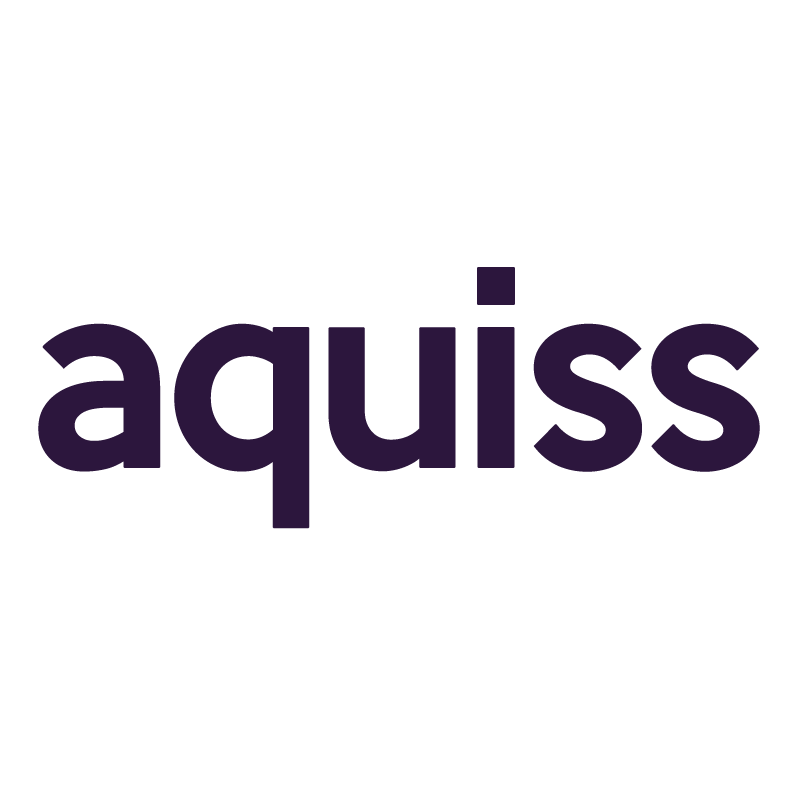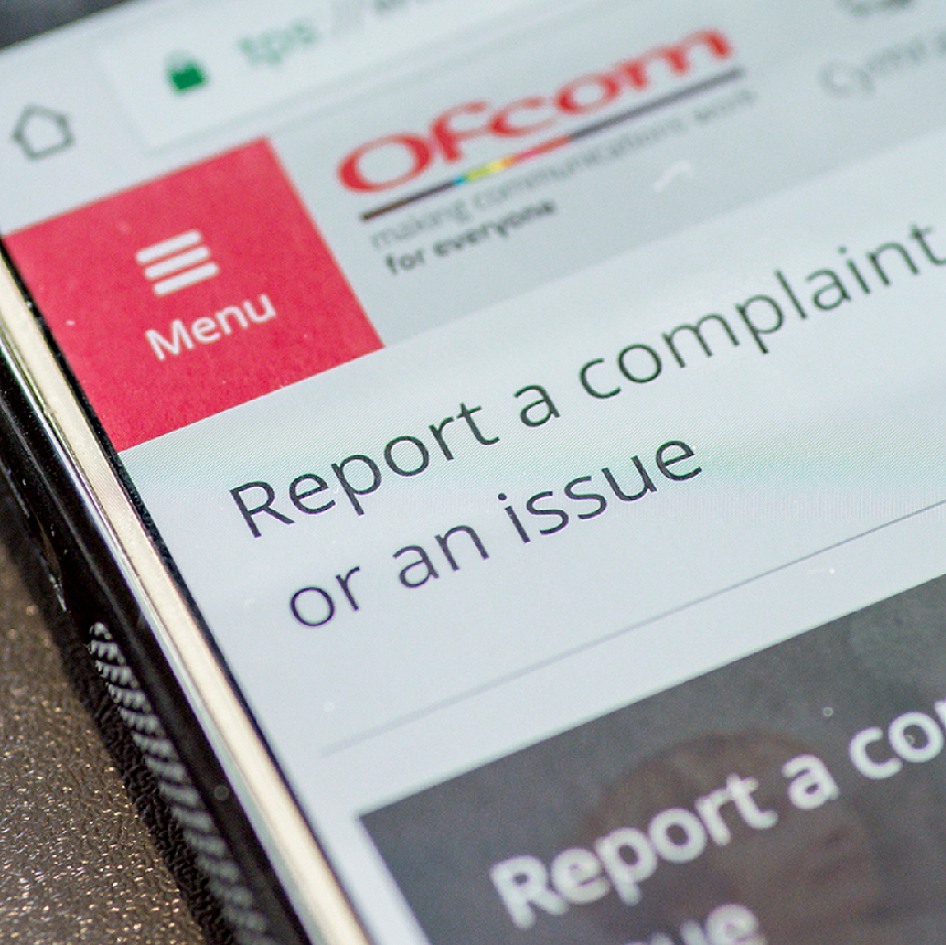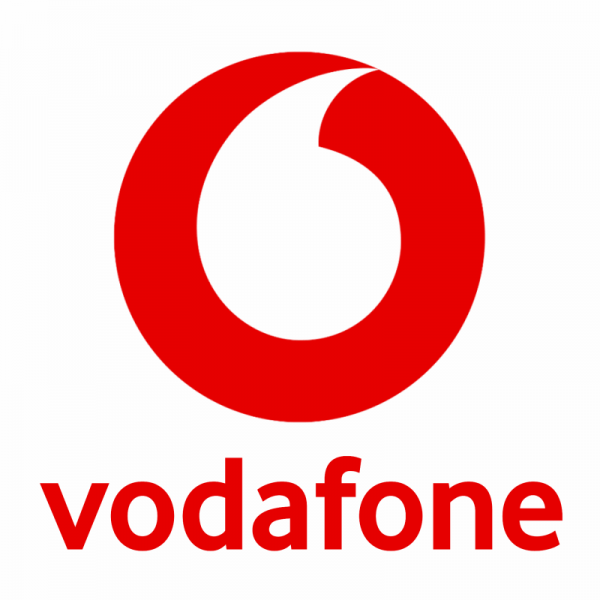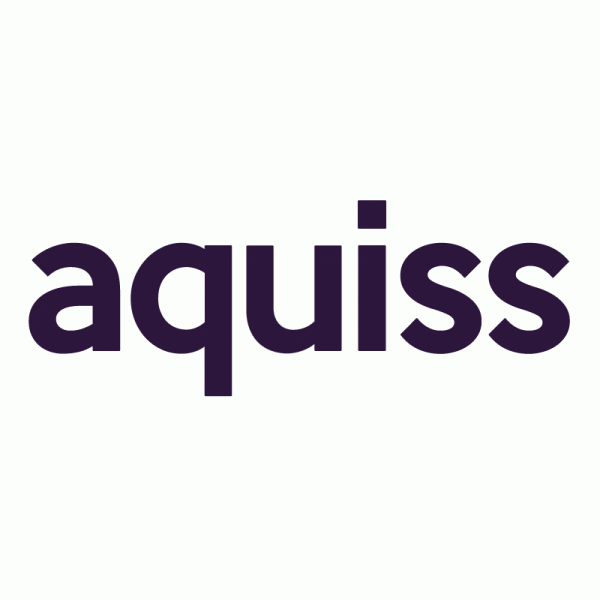The Top 2018 vs 2017 Fastest UK Mobile and Home Broadband ISPs
Next we’re going to take a quick look to see how some alternative network providers (i.e. those that have built their own physical networks to reach customers) compare with the mainstream national operators. Sadly most altnets only have comparatively niche network coverage and limited speedtest data, which means that at present we can only summarise a few.
Excluding KCOM, all of these fixed line altnets tend to exclusively build “full fibre” (FTTH/P) infrastructure, which is capable of offering Gigabit (1Gbps) class broadband speeds, although the performance below may be lower due to all the data caveats mentioned earlier (slow Wi-Fi, package choice etc.).
In order to save space we’ve adopted a slightly different format below by sticking the 2018 and 2017 results side-by-side in the same columns. NOTE: DL = Download, UP = Upload.
Altnets by Average Speed (2018 vs 2017)
| ISP | DL – 2018 (2017) | UP – 2018 (2017) | Top 10% DL 2018 (2017) |
| Community Fibre | 413Mbps (no data) | 539.2Mbps (no data) | 686.2Mbps (no data) |
| Hyperoptic | 116.6Mbps (94.9Mbps) | 101.1Mbps (84.8Mbps) | 256Mbps (184Mbps) |
| B4RN | 113.7Mbps (no data) | 73.7Mbps (no data) | 270.2Mbps (no data) |
| Gigaclear | 96Mbps (56.3Mbps) | 87Mbps (50.6Mbps) | 199.3Mbps (102.5Mbps) |
| KCOM | 60.4Mbps (50.1Mbps) | 14Mbps (15.1Mbps) | 191.8Mbps (109.1Mbps) |
We should point out that KCOM’s FTTP network is only present in the Hull (East Yorkshire) area and they’re aiming to achieve universal coverage of their network by March 2019, although their results are hobbled by the fact that many of their customers are still on ancient copper line ADSL2+ connections (these struggle to even hit 20Mbps).
Nevertheless nearly all of these altnets are delivering better speeds than the largest national providers above and it will probably stay that way until general FTTP availability improves. The government’s ambition is for the whole of the UK to be covered by 2033.
The Top Fastest Mobile Network Operators
The fastest Mobile Network Operator (MNO) is usually the one that has a combination of the best 4G coverage, the most radio spectrum and the most advanced technology (e.g. LTE-Advanced and multi-Carrier Aggregation for harnessing multiple spectrum bands).
Perhaps unsurprisingly EE tends to top this table and they’re currently the only operator to have pledged to achieve UK geographic (landmass) 4G coverage of 95% by the end of 2020. But more radio spectrum is now coming up for auction, while rivals are catching-up with their technology and the balance of power could thus swing in favour of a different operator once 5G arrives from 2019/20.
The current government has also told all operators to deliver 95% geographic mobile coverage by the end of 2022, although they didn’t specifically name drop 4G connectivity.
Average Mobile Download Speeds
| No. | Operator | 2018 (Top 10%) | 2017 (Top 10%) | Change |
| 1. | EE | 30.1Mbps (63.8Mbps) | 26.5Mbps (56.4Mbps) | 13.58% |
| 2. | Vodafone | 23.2Mbps (56.2Mbps) | 19.2Mbps (44.1Mbps) | 20.83% |
| 3. | Three UK | 17.7Mbps (41.1Mbps) | 16.5Mbps (40.4Mbps) | 7.27% |
| 4. | O2 | 14.6Mbps (33.1Mbps) | 14.4Mbps (31.1Mbps) | 1.39% |
Average Mobile Upload Speeds
| No. | Operator | 2018 (Top 10%) | 2017 | Change |
| 1. | EE | 5.3Mbps (14.7Mbps) | 6.5Mbps | –18.46% |
| 2. | Vodafone | 5.3Mbps (14Mbps) | 4.1Mbps | 29.27% |
| 3. | Three UK | 4.6Mbps (12.8Mbps) | 5Mbps | –8% |
| 4. | O2 | 4.2Mbps (10.9Mbps) | 4.4Mbps | –4.55% |
Overall the average download speed of the four primary mobile operators was 21.4Mbps (up from 19.15Mbps at the end of 2017) and the average upload speed hit 4.85Mbps (down from 5Mbps).
As usual we must caveat that mobile services are subject to the daily movements and radically differing hardware choices (Smartphones etc.) of their end-users, as well as the different spectrum bands and network capacity available to any specific area or operator. All of this makes it painfully difficult to establish a reliable picture of performance.
Otherwise O2 appeared to suffer the weakest download performance and growth, although their roll-out of the new 2.3GHz band to 4G services is likely to change that in time for next year’s update (details). Meanwhile there seems to have been a sharp fall in upload performance (except on Vodafone) and at this stage it’s not entirely clear why that has occurred.
Overall we do not consider the above speedtest based data – either for mobile or fixed lines – to be a reliable barometer for individual users, but it can help to highlight general changes in the market. The ever expanding reach of faster networks and take-up means that we will continue to see a general upward curve as consumers upgrade to use ever faster services.
Mark is a professional technology writer, IT consultant and computer engineer from Dorset (England), he also founded ISPreview in 1999 and enjoys analysing the latest telecoms and broadband developments. Find me on X (Twitter), Mastodon, Facebook and Linkedin.
« Infracapital Grabs 50% Stake in SSE Enterprise Telecoms UK
Latest UK ISP News
- FTTP (5513)
- BT (3514)
- Politics (2535)
- Openreach (2297)
- Business (2261)
- Building Digital UK (2243)
- FTTC (2043)
- Mobile Broadband (1972)
- Statistics (1788)
- 4G (1663)
- Virgin Media (1619)
- Ofcom Regulation (1460)
- Fibre Optic (1394)
- Wireless Internet (1389)
- FTTH (1381)
























































You’ve missed from the list my broadband supplier – beeline broadband – which is far superior for me – with BT et al I was getting less than 2mbps but with beeline signal strength is 75mbps if I want to upgrade but current 9mbps is sufficient for my needs
Beeline isn’t a nationally available ISP (it’s a location specific wireless provider) and we don’t have any average speeds data for them.
It’s about time that ISPs got rid of “ADSL” thinking. Fast uploads are now just as important as fast downloads. Until we see better upload performance from all the providers, be they fixed or mobile in nature, use of cloud services as a true storage component will remain hampered.
Asynchronous is common across the world and reflects research (at that time) to provide cheaper networks and balance the bandwidth more for upload whether DSL or GPON. As the price of synchronous kit is getting cheaper and faster the need is diminishing and congestion as ONTs await an allocated upload slot becomes a noticeable overhead. The Altnets appear to be going straight for symmetrical which keeps their network designs simple. OR will migrate to symmetrical as the market dictates being able to mix and match in future possibly offering a premium upload product even on the older kit.
However there will always be commercial pressure to ensure differential between domestic and commercial. Even if the line speeds are giga in both directions the upload for domestic use can still be impacted depending on the network settings and backhaul upload capacity provided by the ISP. We have yet to see how the Altnets networks will perform when they become more loaded. There are both commercial and technical reasons why OR and VM use asynchronous for domestic and small business.
If you are still using local client based computing then you are not really using cloud techniques. Local secure storage can synch over time. Many companies can survive quite effectively on Google/Cloud apps etc on relatively low speeds. High speed is always nice but not always necessary, its how you use it. Synchronous FTTH going forward will provide consumers with burst uploads for videos etc but if commercial performance is needed then those users need to pay for it.
Without subdividing to connection type the noise overwhelms the data
Do you have anything similar to this but for ping and lag. High speeds are awesome but I game a lot and always looking for the lowest ping and lag.
Figures will always be distorted based on the percentage of high FTTH and low ADSL populations a particular ISP has. Most consumers are more interested in the speed they can get in a cost band. Therefore a better comparison going forward may be for each broadband category band of Standard, Superfast, Ultrafast and Giga.
I would guess for the larger ISP’s (BT, Sky etc) their larger volume of customers on really slow connections is going to distort the figures anyway. Its still the case in some areas that some ISP’s just don’t consider it worth it to provide to some areas on the open reach network because its so slow but the likes of BT ususally will even if their average speed is below 1Mb etc.